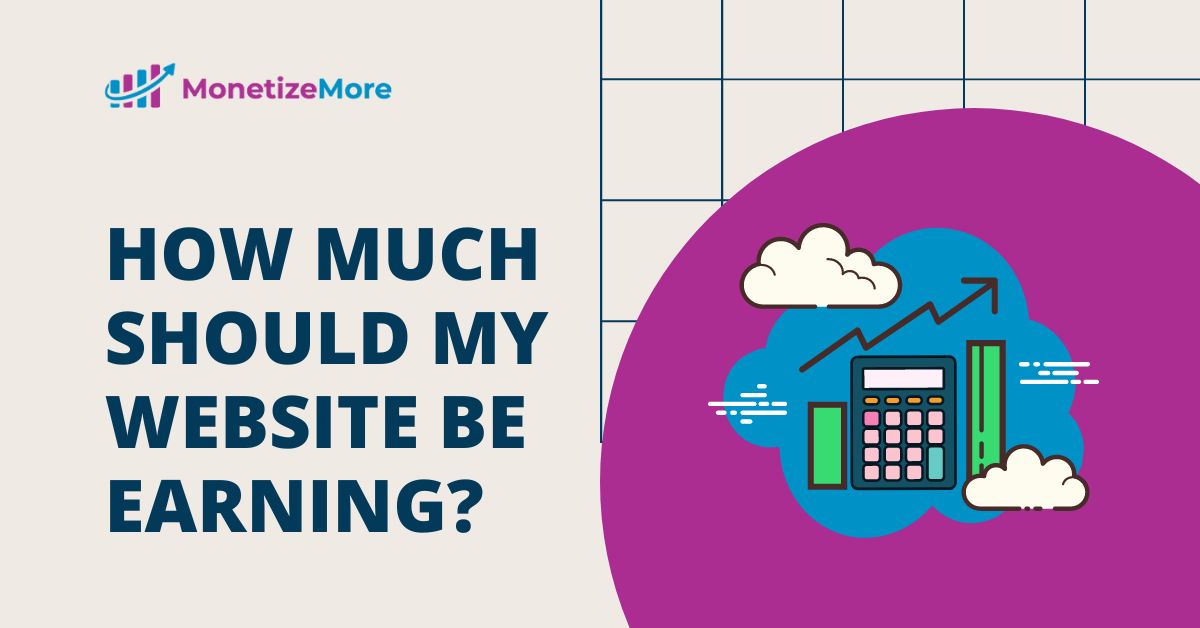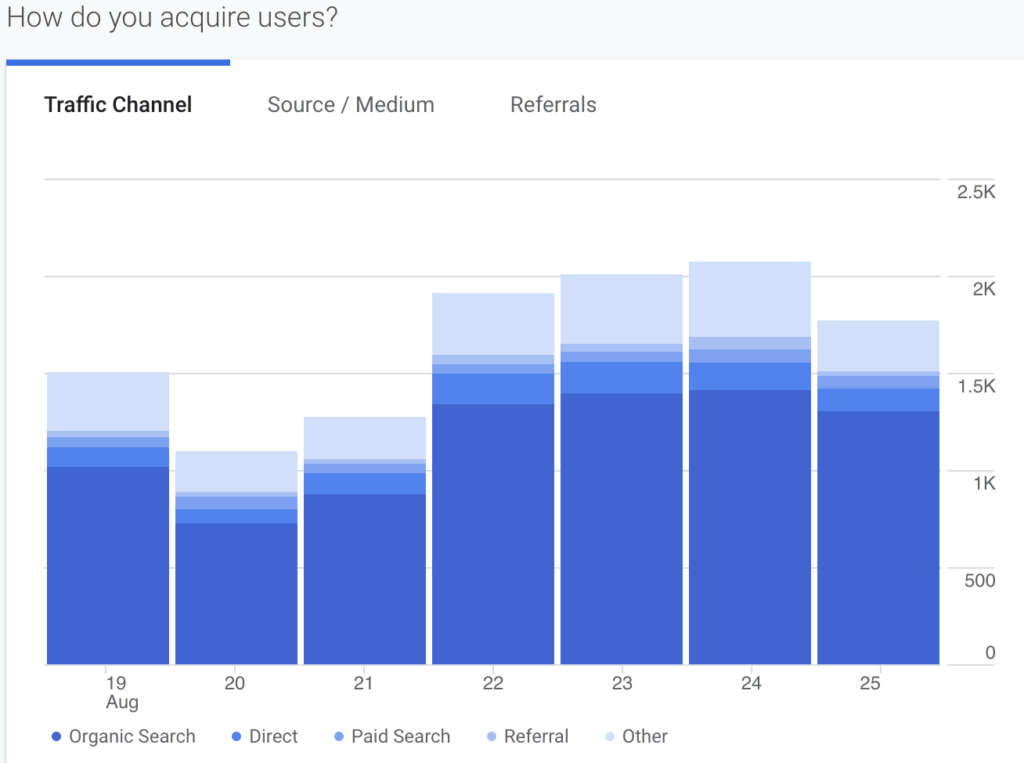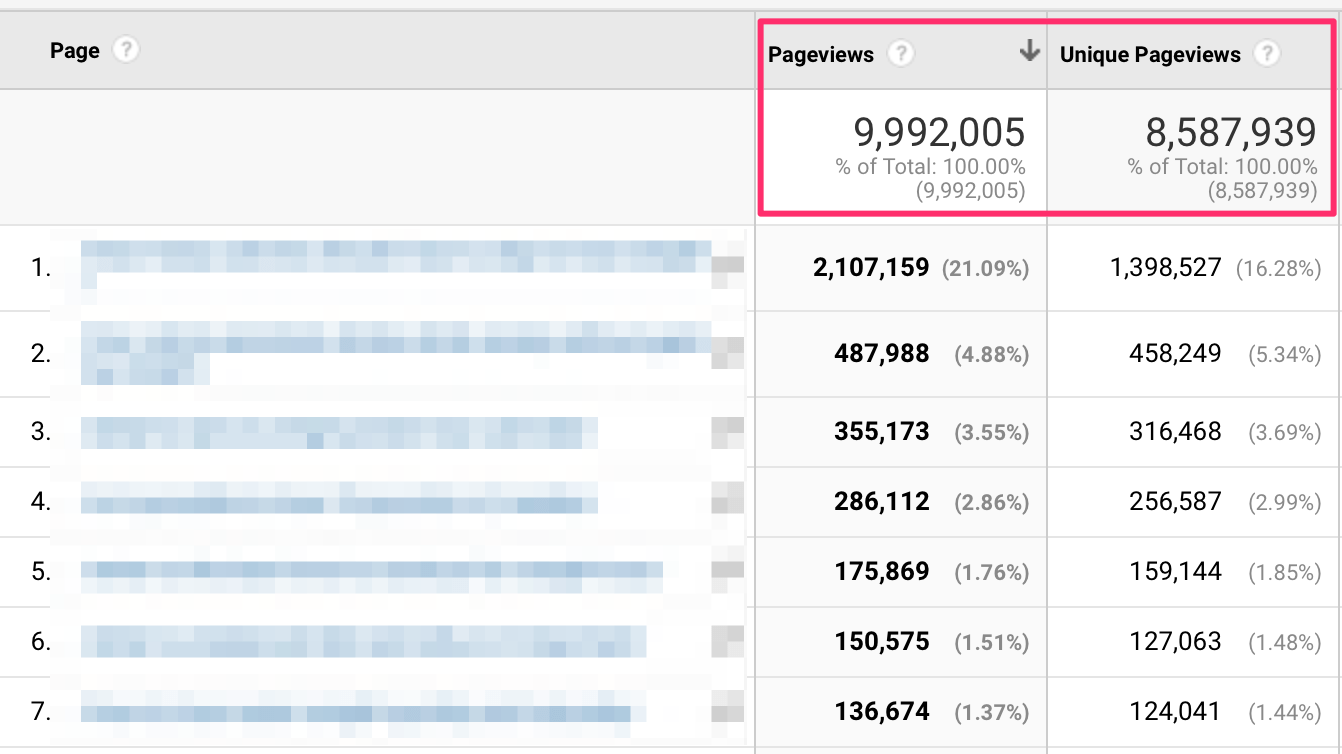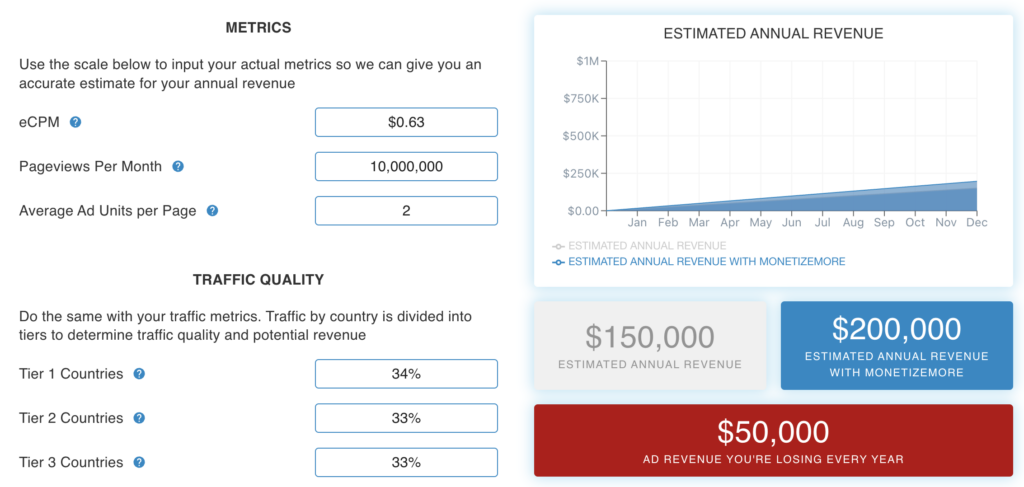
This post was most recently updated on May 1st, 2025
In 2025, ad revenue for top websites in sought-after niches is projected to range from $1,000 to over $50,000 monthly, contingent on traffic volume and refined ad optimization strategies.
You may know how to monetize a website & the golden tactics behind selling ad inventory. Before that, wouldn’t you want to calculate how much money you can make from the ads served on your site?
An ad revenue calculator is a powerful tool for roughly calculating your potential revenue depending on metrics like traffic, monthly pageviews, etc. This blog post helps you in that quest. These benchmarks provide a clearer picture of whether your site’s earnings are aligning with the amount of traffic it receives.
In this blog, we delve into the factors that influence website ad revenue and explore how you can maximize your site’s earning potential, no matter its size or traffic volume.
The process of estimating website ad revenue is simple, but it takes reliable tools to get a decent estimate of net ad earnings.
These estimates are based on what these sites should be earning with AdSense, ad networks, and other ad management partners.
In real-world scenarios, seasonality, niche, ad providers, and traffic sources all have a significant impact on these numbers.
To estimate monthly pageviews, do the following:


This gives you the average monthly pageviews. Remember that if the site sees huge fluctuations in traffic trends or has a seasonal theme, the numbers won’t be totally accurate. Doesn’t matter, you just need to get a close estimate.
One of the most important parts of running a successful website is knowing how much it should be earning. Doing so helps you plan for the future and can give you peace of mind about your business. If, for example, you’ve been doing research and find that the average revenue per thousand (RPM) for your industry is $2.50, and your RPM (revenue per milles) is currently at $2.00, then you know you have room to grow.
In most cases, RPM can be found by looking up your niche or industry on a website like SimilarWeb to see what the average traffic looks like. Most blogs will fall within a certain range: higher if they’re particularly well-known or if their owners are pushing hard to build it up, lower if they aren’t getting as much attention or aren’t trying as hard.
Some bloggers might find different averages for different niches within their blog—for example, I’ve seen sites that make more money from ads on their fashion section than their food section. It’s good to keep this in mind when determining what your average RPM range should be—if you’re not making much money from ads on your food posts but making plenty on your fashion posts, maybe that’s okay!
Finance sites’ RPMs are usually the highest in the range $30-$50.
A good way to figure out your estimated ad revenue from your website is by using a formula. The formula looks like this:
Revenue = RPM x (Monthly page views / 1000)
It’s important to divide monthly pageviews by a thousand. Since the RPM is revenue per milles/thousand, skipping this step would cause a mess. For instance:
A website in the finance niche is getting roughly 500,000 page views a month. Let’s say the RPM for ads in the hobby industry was $30 (hypothetical). Divide that 500,000 by 1,000 and then plug in the numbers:
$30 x 500 = $15000 estimated ad revenue
This formula can be used to calculate estimated ad revenue at different traffic levels.
Based on the latest data from the publishers we’ve worked with globally, here’s an overview of how much ad revenue websites in various niches can potentially make:
These average CPC (Cost Per Click) values give an indication of the potential ad revenue. However, actual earnings will vary based on factors such as traffic volume, audience engagement, ad placement, and the specific advertisers in each niche.
MonetizeMore has been collecting this data through 13+ years of helping thousands of publishers generate over 100 million plus in revenue. Wanna be next? Get started here!
Ad placements play a crucial role in determining the revenue potential of a website. How you leverage the ad inventory on your site can significantly influence user engagement, click-through rates (CTR), and, ultimately, the revenue you generate. Let’s explore how different ad placements can impact your website ad revenue:
A website’s ad revenue from different tiers of countries can vary greatly. Websites with a majority of their traffic coming from Tier 1 countries can expect higher earnings compared to those with traffic predominantly from Tier 2 or Tier 3 countries. The actual revenue also depends on other factors like the niche of the website, the type of ads displayed, and the engagement level of the audience. Here are some general insights:
Check out our case study on how Publab 5X’d their ad revenue with us here.
Once a publisher partners with an AdTech company, they make ads available to them. Whether the website owner places the ads or the company does depends on the adtech company.
How much your website should earn depends on the type of website you have and how popular it is. Ads are placed on a site by an adtech company to improve Google AdSense earnings. When a visitor clicks on the ad, you will earn ad revenue.
Ads come in two types: pay per click (PPC) and pay per view (PPV). PPC ads pay every time someone clicks on the ad and PPV ads pay a penny or two every time someone views them. A certain amount is taken off the top by AdTech companies so that you don’t have to worry about splitting ad revenues – this happens automatically before the payment.
Generally speaking, more pageviews equals more money from ads. Only visitors who aren’t using ad blockers will count towards your earnings (if people use ad blocker software, it means they can’t see your ads and therefore won’t convert).

In light of the fact that traffic is directly related to revenue produced by your website, you should know how much traffic your site generates.
In order to accomplish this, use this trusted industry tool, and it’s a free one, our ad revenue calculator.
You can get an estimate on how much ad revenue you can earn more with MonetizeMore by adding in the numbers for:
You can act proactive if your ad revenue is decreasing by analyzing what the problem is and prevent the stagnancy for good with our help. The main goal should be to consistently keep the ad dollars coming no matter what!
In studying how to maximize ad revenue on a website, you’ll come across some common jargon you need to know:
When you’re looking to monetize your website, you have to decide how much emphasis you want to put on advertising. There are several ways to make money off of a website, but the most common is advertising. You may have heard that Google AdSense is the easiest way to earn money off of a website, and to a certain extent, that’s true, but not necessarily for beginners.
One of the first decisions you’ll have to make when considering how your site will be structured is whether or not you’re going to include content on your site that could attract advertisers. If your site offers a unique product or service, then it might be easy enough to find an advertiser who wants to work with you. Alternatively, if you run one of many sites that offer similar products or services, then it will take more effort to find an advertiser who is willing to pay for ad space on your site.
The general process for generating ad revenue on your website begins with finding an adtech company that you would like to work with. MonetizeMore and Mediavine are two popular options, and there are plenty of others from which to choose. The first step in the process of generating ad revenue is to create an account with one of these networks and fill out the necessary information, including your site’s traffic numbers and other details.
Follow these steps:
It can be useful to use a website ad revenue calculator to estimate what a site might earn at upcoming milestones or to compare the RPMs of two ad providers. In order to accurately estimate your website’s ad revenue potential, you should understand the overall process.
Start executing these steps today to get results:
Follow these steps and you will see better monetization success and get a better idea of what a site in your niche could make depending on the incoming traffic.
Publishers must understand how much websites make from ads. Using revenue estimator tools can help them better sell ad space to advertisers, gauge ad performance, and optimize future campaigns.
As a result, they can continue to deliver relevant content for visitors to enjoy and maximize their revenues simultaneously by using the most engaging and lucrative ad formats as advised by MonetizeMore.
So, what are you waiting for? Click here to estimate how much you can make with us.

With over ten years at the forefront of programmatic advertising, Aleesha Jacob is a renowned Ad-Tech expert, blending innovative strategies with cutting-edge technology. Her insights have reshaped programmatic advertising, leading to groundbreaking campaigns and 10X ROI increases for publishers and global brands. She believes in setting new standards in dynamic ad targeting and optimization.
10X your ad revenue with our award-winning solutions.